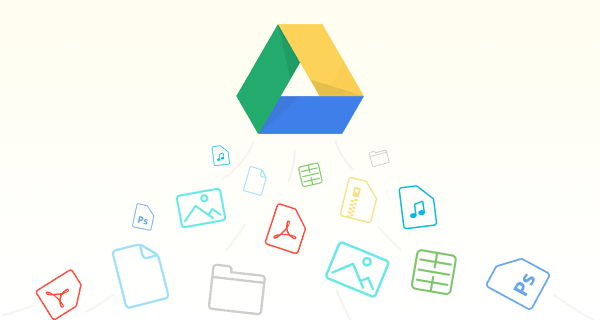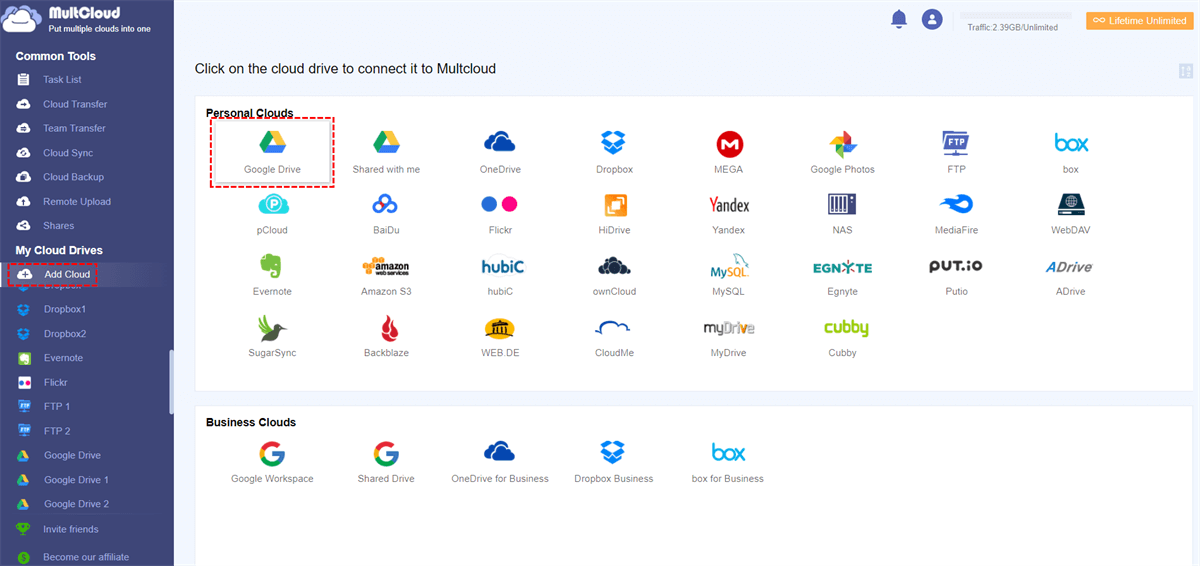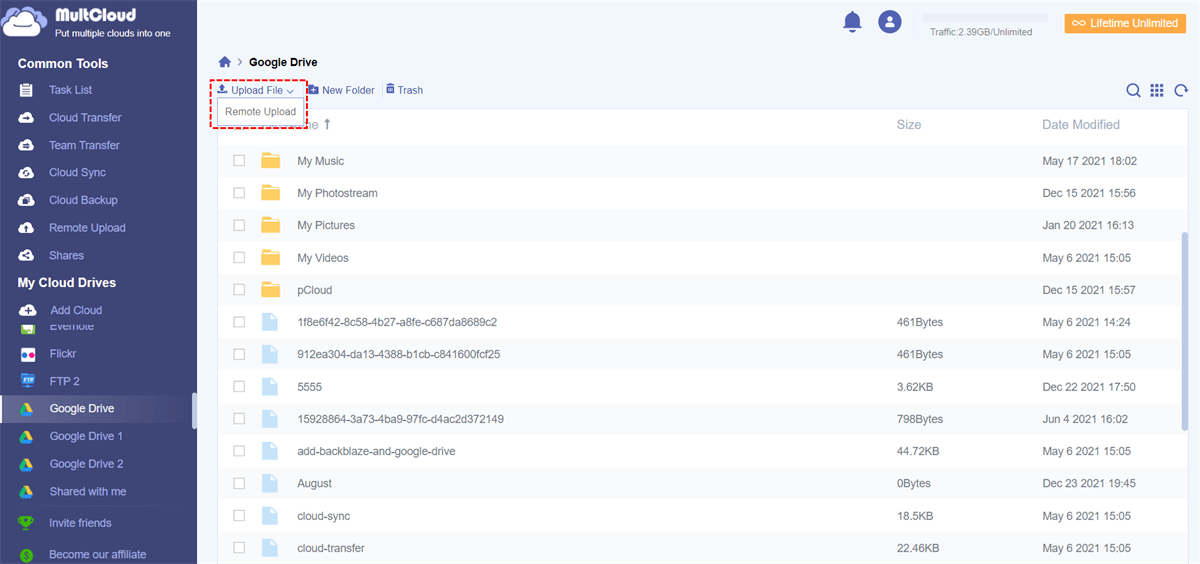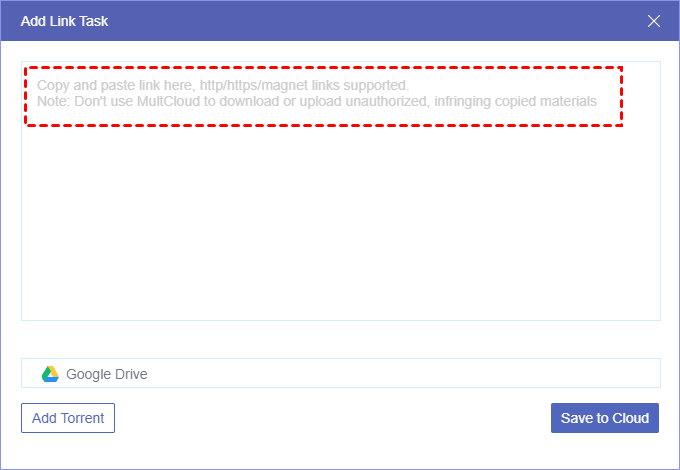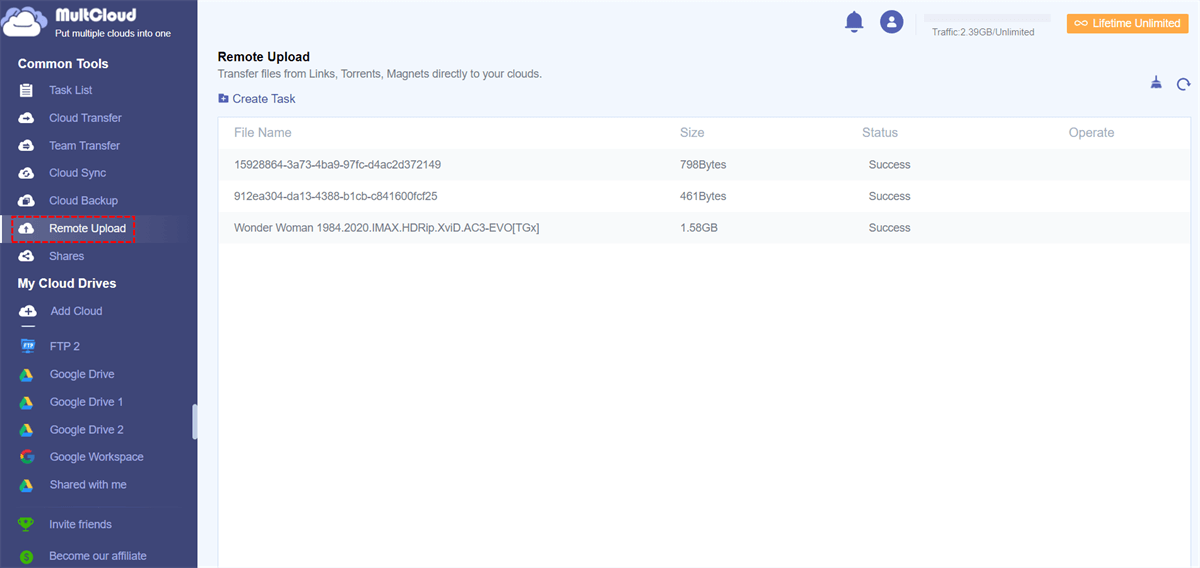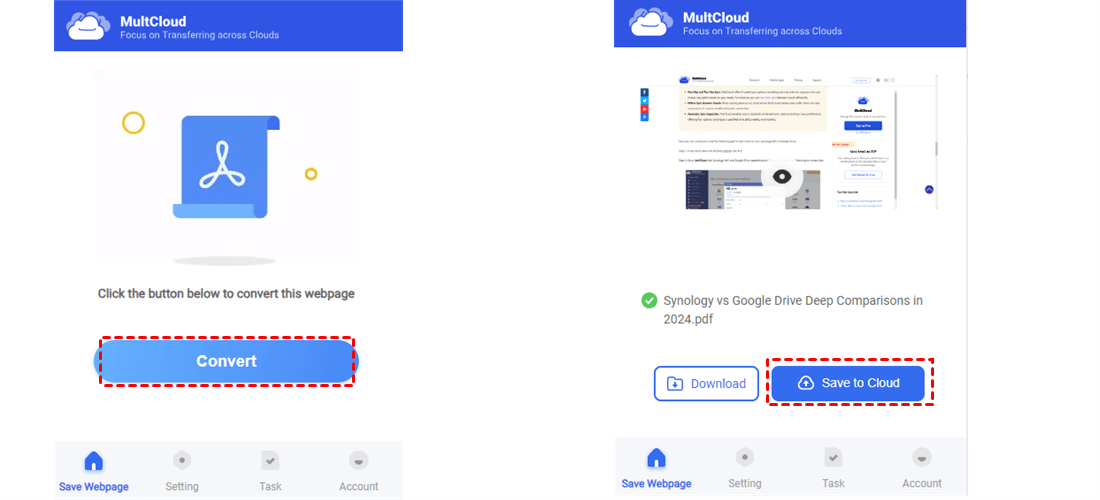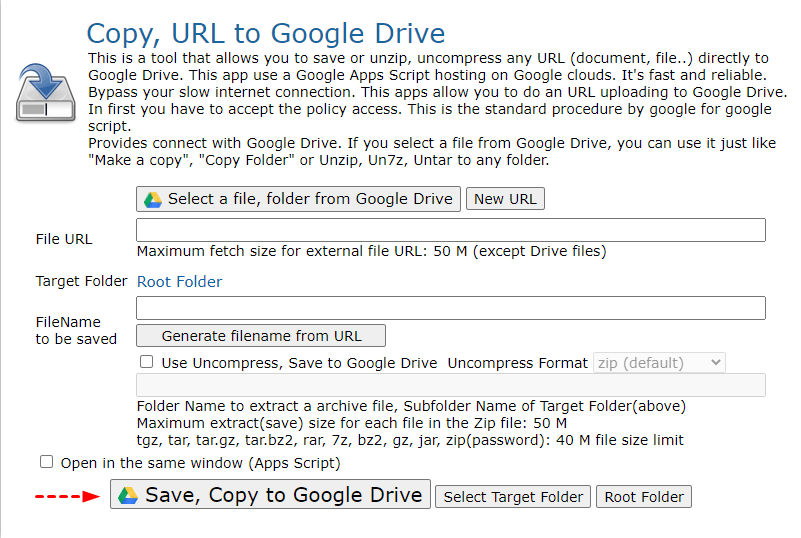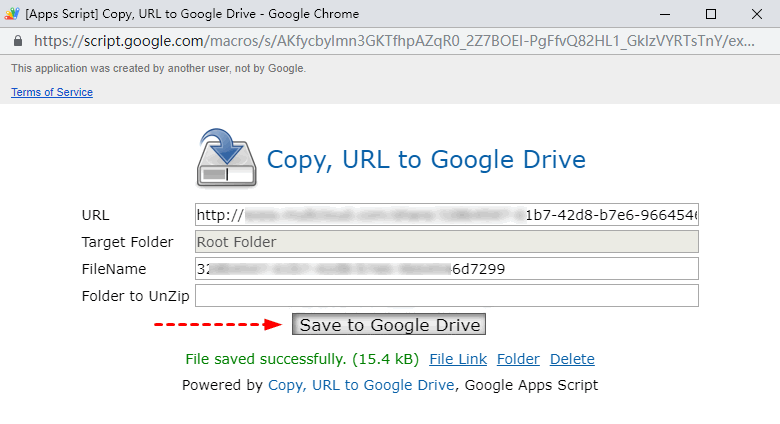Quick Search:
Why Need to Copy URL to Google Drive?
Usually, if we want to save online files on a remote server to our Google account, we have to first download them from the website to the local device and then upload them from the local storage to the target Google Drive. It doesn't seem that complicated.
However, if there are many items that need to be stored in Google Drive, you have to repeat the same task over and over again, which is a time-consuming and tedious job. Also, you need enough local space to temporarily store these object files, and if you don't want them to take up your precious disk storage space, you must delete them from your local computer after the entire project.
In addition, when the audio and video are downloaded locally through the URL in the browser, there are often hidden dangers that the computer is maliciously attacked by viruses. So, is there a way to save online files directly to your cloud drives like Google Drive, OneDrive, Dropbox, etc? Let's explore 4 ways below.
2 Simple and Fast Ways to Copy URL to Google Drive
Actually, there is one. That is to use a third party to directly upload files to Google Drive from URLs. MultCloud, as a free and web-based cloud file manager, has the core functions of Cloud Transfer, Team Transfer, Cloud Sync, and Cloud Backup, and supports adding Google Drive, Dropbox, OneDrive, MEGA, pCloud and other 30+ mainstream cloud drives.
In addition to mainstream cloud file migration tools, MultCloud also supports users to use the "Remote Upload" function and the "MultCloud Save" plug-in to directly save the URL to the corresponding cloud account. Let's see how to do it.
Way 1. Copy URL to Google Drive via Remote Upload
With "Remote Upload", you can directly fill in the URL to the corresponding location, and the system will save the URL page to the cloud drive of your choice. If it is a link corresponding to an image, you can use this function to save your favorite images directly to the cloud. The following are detailed steps.
Step 1. Sign Up for MultCloud
To use MultCloud, you should first go to the homepage and then register an account by email. You can also authorize login directly with your Facebook and Google accounts.
Note: Since MultCloud is an online cloud storage management service, you do not have to download and install the software on your computer to consume your local disk space.
Step 2. Add Google Drive
After successfully registering to MultCloud, log into its platform, in the main interface, move to the "Add Cloud" tab and select "Google Drive". Then, just follow the simple instructions to complete this step.
Step 3. Save URL to Google Drive
After successfully adding your Google Drive account to MultCloud, select Google Drive in the list of cloud drives on the left side of MultCloud. Then, click the "Remote Upload" button in the upper left corner.
In the pop-up window, paste the URL link of one of the target files in the correct location.
Notes:
- Make sure the filename has the same extension as its original, otherwise, the file may not be viewable at the destination.
- You can also use this feature to upload movies or eBooks by parsing torrent files and magnet links. For example, you can download torrents directly to Google Drive.
You can view the results of copying URL to Google Drive by clicking the "Remote Upload" icon on the left.
Alternatively, you can go directly to the target Google Drive and you will see that the added file is already there. If you can't see it, just refresh the browser window from the top right corner. If you are still not sure whether it is successful, you can also log in directly to the Google Drive official website to check.
Way 2. Save URL as PDFs or PNG to Google Drive via MultCloud Save
MultCloud Save is a Google Chrome extension provided by MultCloud, which can be used to save web pages as PDFs or PNG to local or cloud, or directly save images in web pages to added cloud accounts.
Step 1. Add MultCloud Save and Sign Up for an Account
Go to the Chrome Web Store and add "MultCloud Save – Save Webpages as PDF" to your browser. Click the extension logo in the address bar to open the extension. Then, register to create an account.
Step 2. Add Google Drive
Go to the extension "Settings" and select "PDF of entire page (.pdf)". Then, click "Add Cloud" and you will be taken to the MultCloud website. Here, click "Add Cloud" in the left column and then click the Google Drive logo to add Google Drive to MultCloud.
Step 3. Save URL as PDF
Open the web page and extension you want. Then, click "Convert" > "Save to Cloud" to convert this web page to PDF and transfer it to your Google Drive.
Notes:
- If you want to save URLs as PNGs, please check "Image of entire page (.png)".
- If you need to save the image on the webpage to a cloud account separately, just right-click the image and click "Save to MultCloud". The system will automatically save the image to the Google Drive account you just added.
More Advanced Features in MultCloud
Besides copying URLs to Google Drive, MultCloud also supports copying URLs to about 30 common cloud brands such as OneDrive, Dropbox, MEGA, Amazon, Box, etc. In addition, MultCloud allows you to easily implement cloud-to-cloud migration, sync and backup directly.
- Cloud Transfer: If you need to log out of a cloud disk and use another cloud disk, you can use this function to transfer important data in the cloud disk to another cloud disk at one time, such as transferring pCloud to Dropbox.
- Team Transfer: If you are an administrator of a business cloud, you can use this feature to easily migrate all accounts from one business cloud to another. For example, each user will have its own folder in the cloud platform, and MultCloud can automatically pair folders in two different business clouds and migrate files from one cloud to the other.
- Cloud Sync: 10 sync modes help you synchronize cloud disk files in real time. Whenever you add, modify or delete files on a cloud drive, those changes will also be synced to the target cloud.
- Cloud Backup: You can back up important files in one cloud disk to another cloud disk so that the data can be retrieved if lost. You can use it to backup Google Photos to Dropbox if you want.
2 Normal Ways to Copy URL to Google Drive
In addition to the above convenient and quick methods, Google also provides two popular methods: the "Copy, URL to Google Drive" web tool and the "Save to Google Drive" extension.
Way 1. Copy, URL to Google Drive
"Copy, URL to Google Drive" is not an option to upload anything directly to Google Drive, as it only works for pages. Below are the detailed steps.
Step 1. Go to the "Copy, URL to Google Drive" official website.
Step 2. Paste the link, select the destination folder to save to, and click "Save, Copy to Google Drive".
Step 3. Click the "Save to Google Drive" button in the new window to complete the task.
Way 2. Save to Google Drive Extension
"Save to Google Drive" is a plug-in provided by Google for users to save web content. You can use this plug-in to save the URL or the image in it directly to Google Drive.
Step 1. Log in to your Google Drive account using the Chrome browser.
Step 2. Go to the "Save to Google Drive" page, click "Add to Chrome", and follow the prompts to add the extension to the browser.
Step 3. Navigate to the desired URL or web page, and right-click the mouse to select the "Save link to Google Drive" option.
Note: You can also save illustrations from a web page by right-clicking and selecting "Save image to Google Drive".
Conclusion
The above are 4 common methods. You can choose the appropriate method according to your needs to directly copy the URL to Google Drive. If the target cloud drive is not only Google Drive or you need more cloud file migration functions, MultCloud is a good choice. If your needs are relatively simple, you can directly use the webpage and plug-in tools provided by Google to complete the operation.
MultCloud Supports Clouds
-
Google Drive
-
Google Workspace
-
OneDrive
-
OneDrive for Business
-
SharePoint
-
Dropbox
-
Dropbox Business
-
MEGA
-
Google Photos
-
iCloud Photos
-
FTP
-
box
-
box for Business
-
pCloud
-
Baidu
-
Flickr
-
HiDrive
-
Yandex
-
NAS
-
WebDAV
-
MediaFire
-
iCloud Drive
-
WEB.DE
-
Evernote
-
Amazon S3
-
Wasabi
-
ownCloud
-
MySQL
-
Egnyte
-
Putio
-
ADrive
-
SugarSync
-
Backblaze
-
CloudMe
-
MyDrive
-
Cubby
